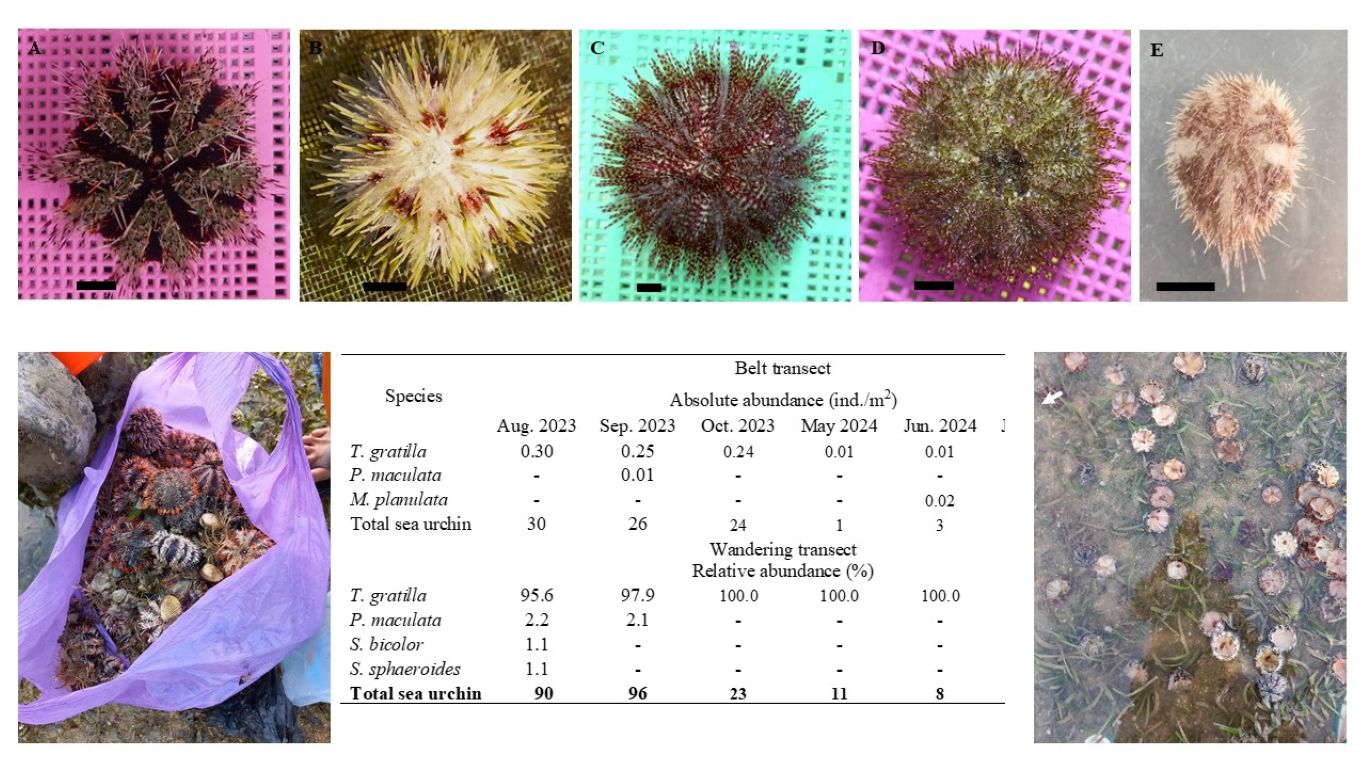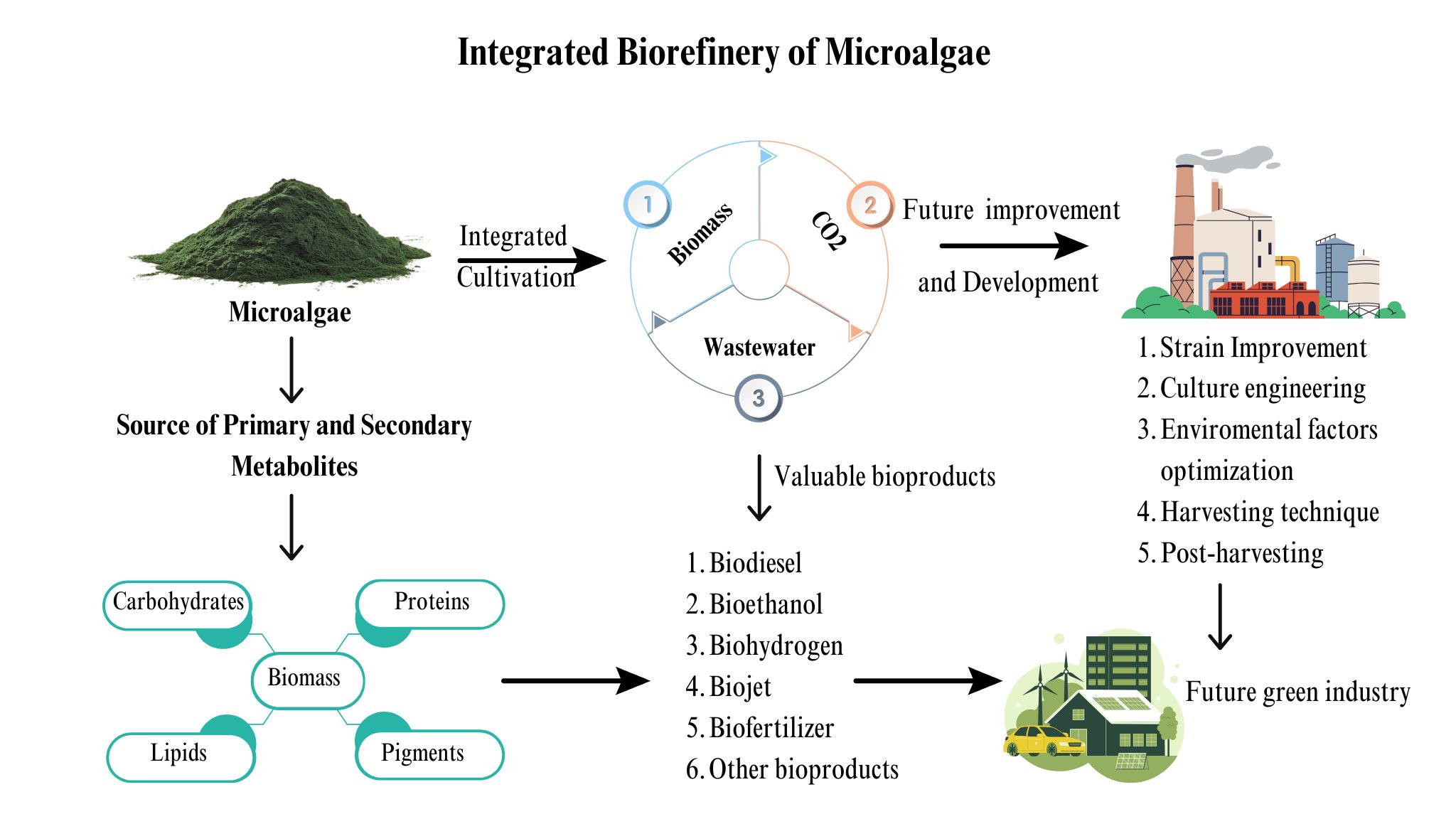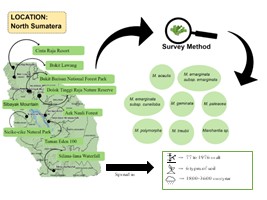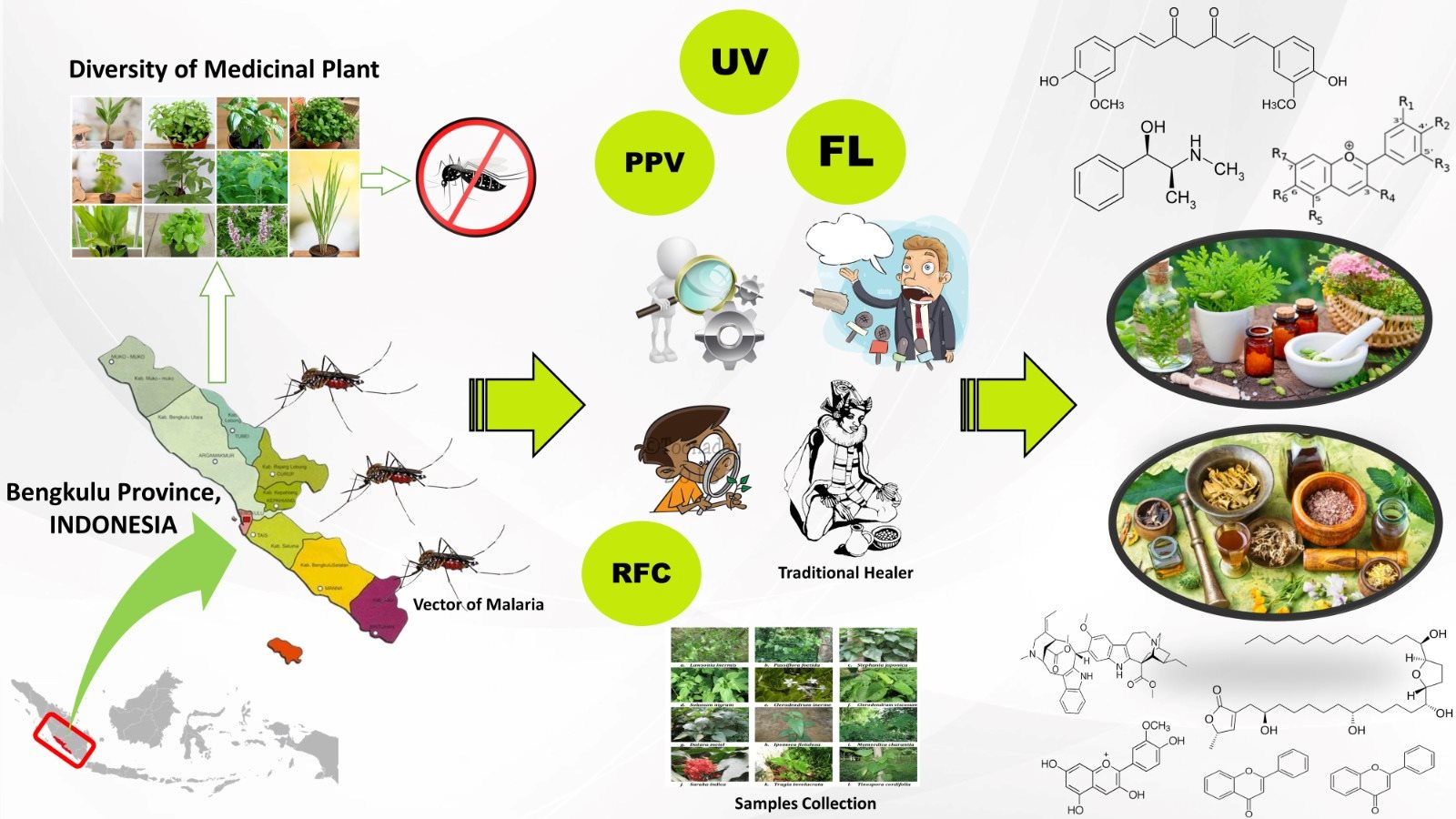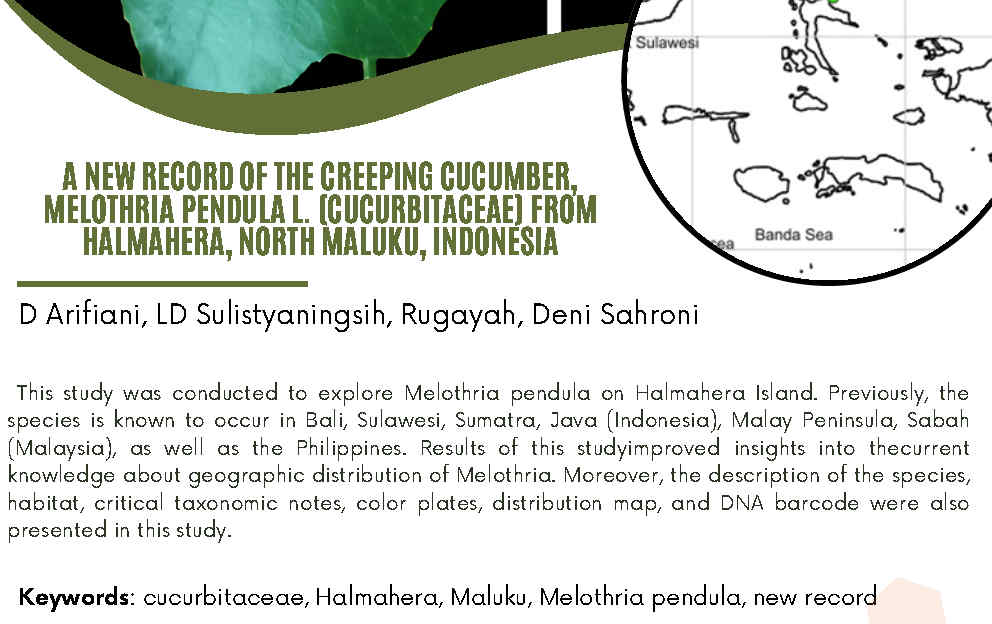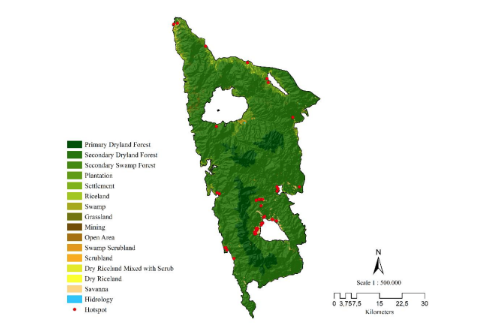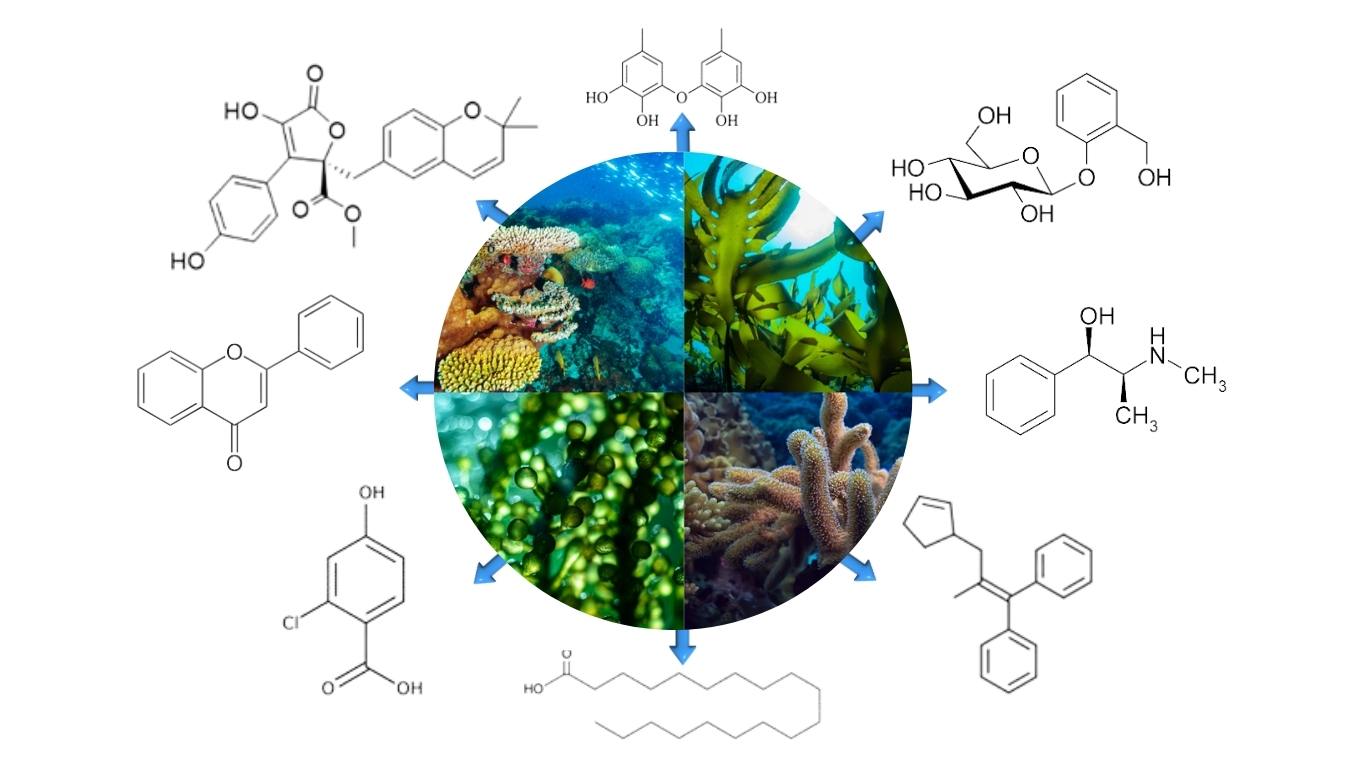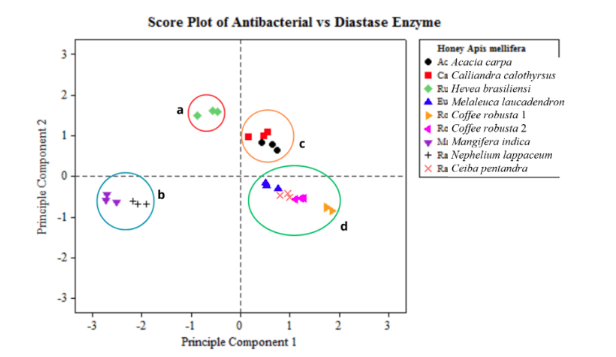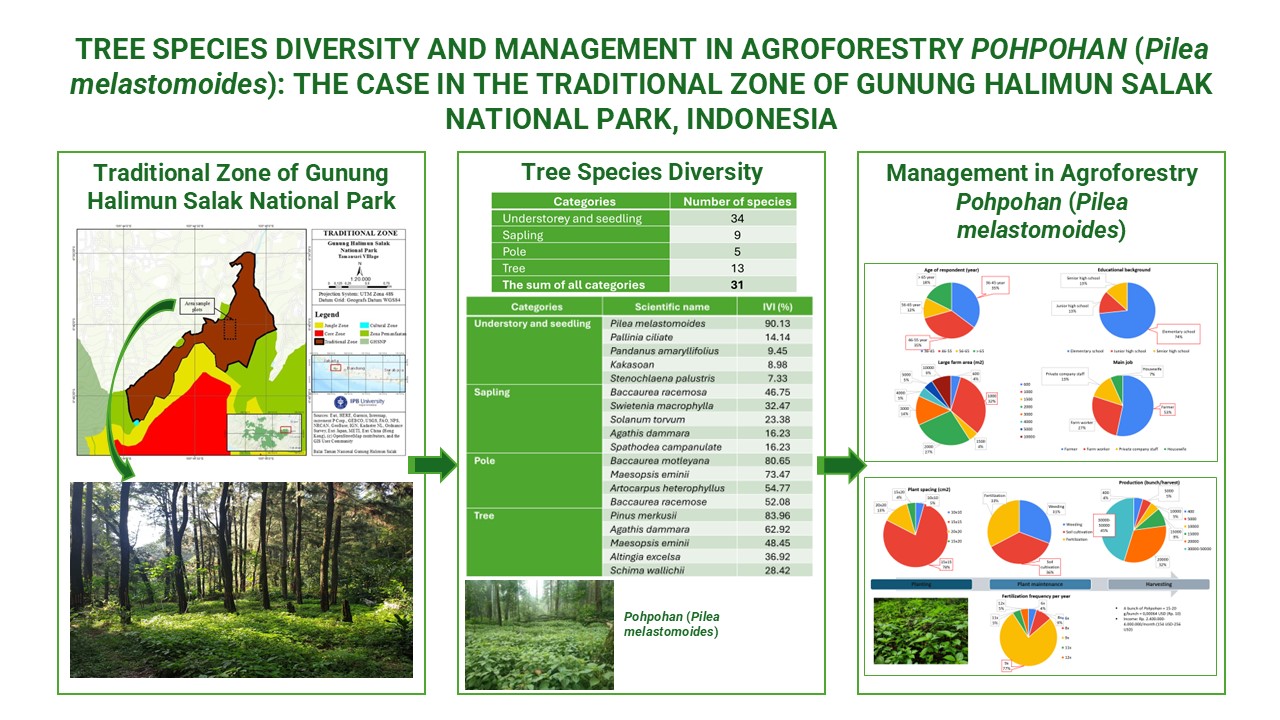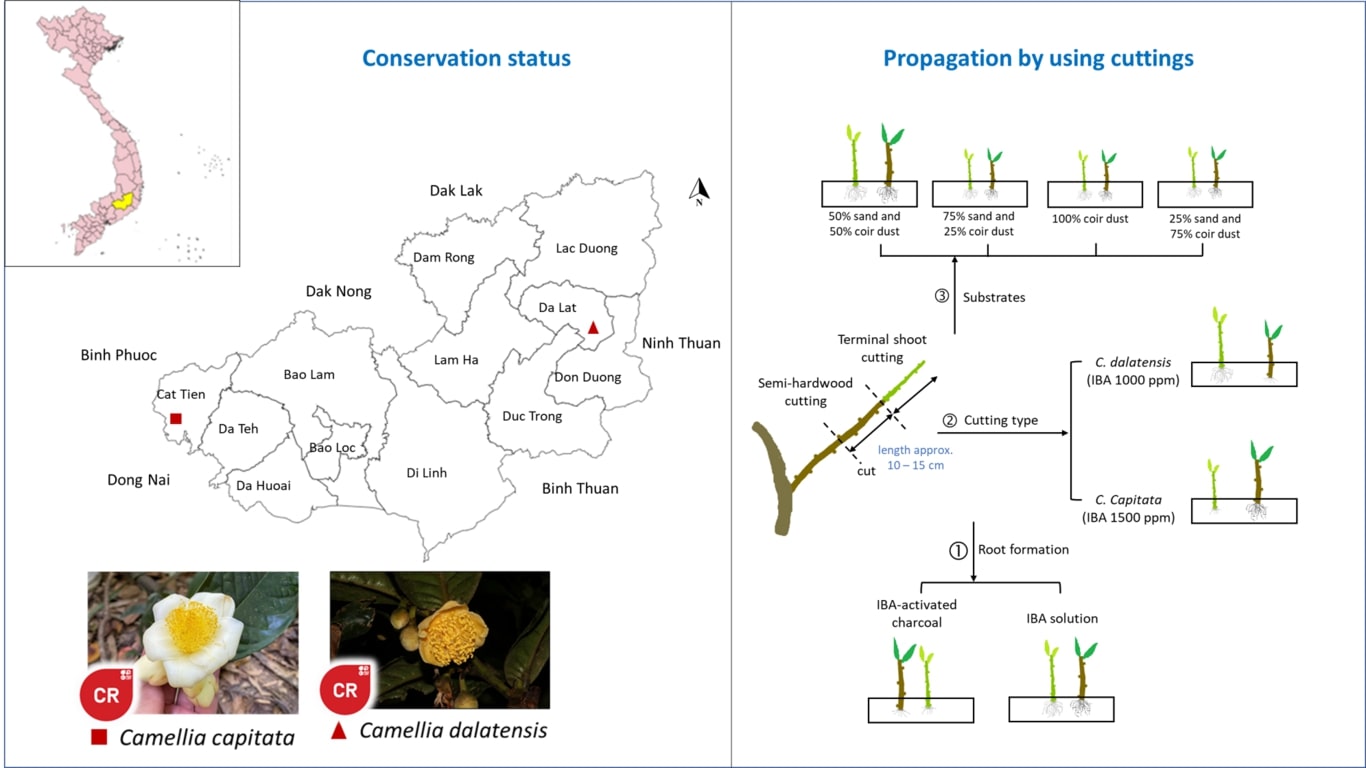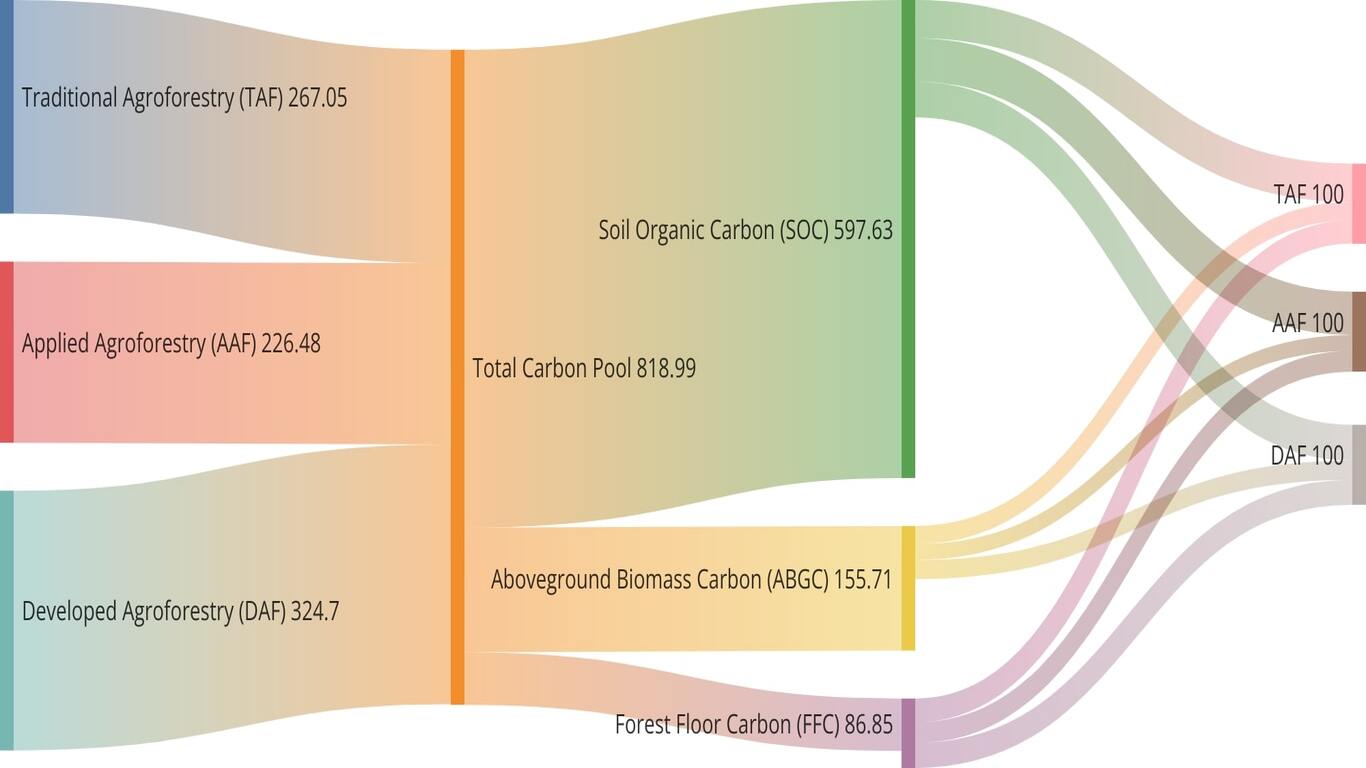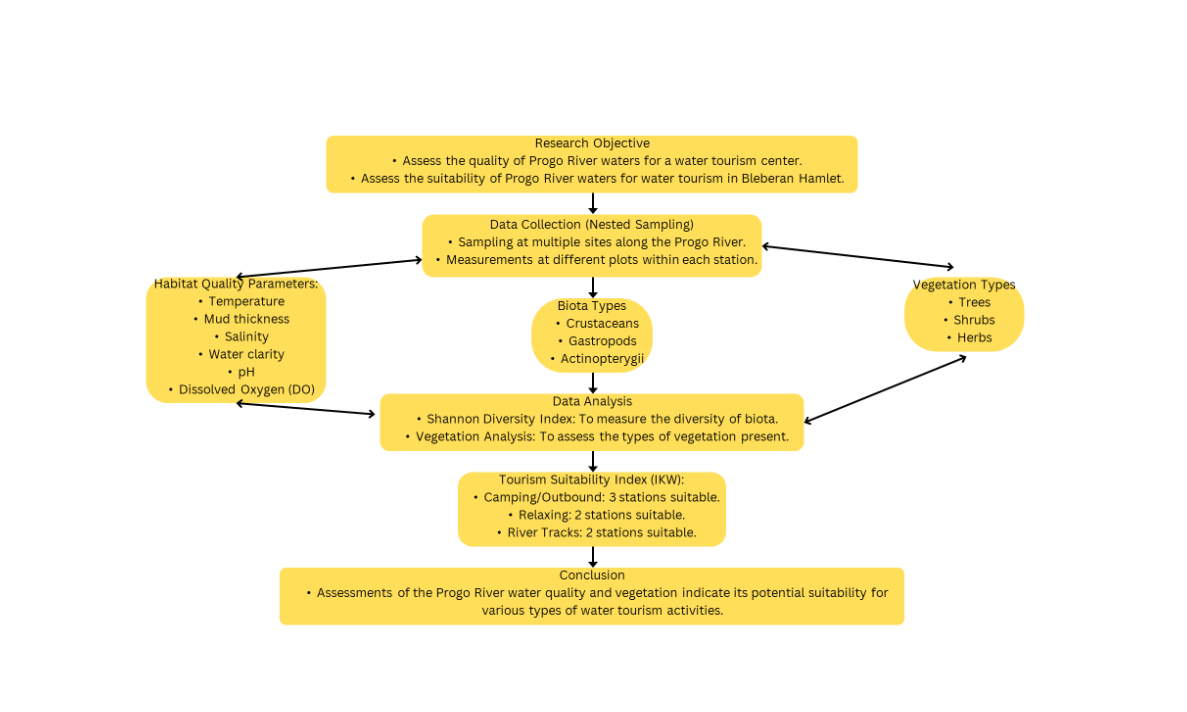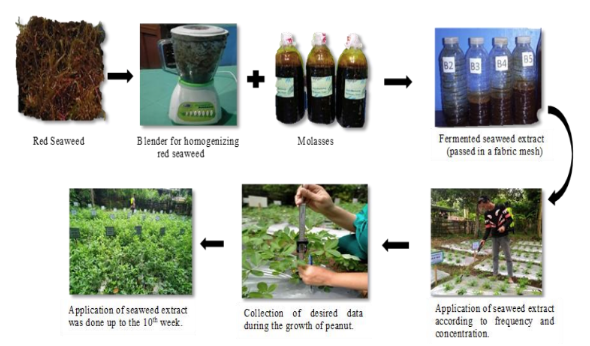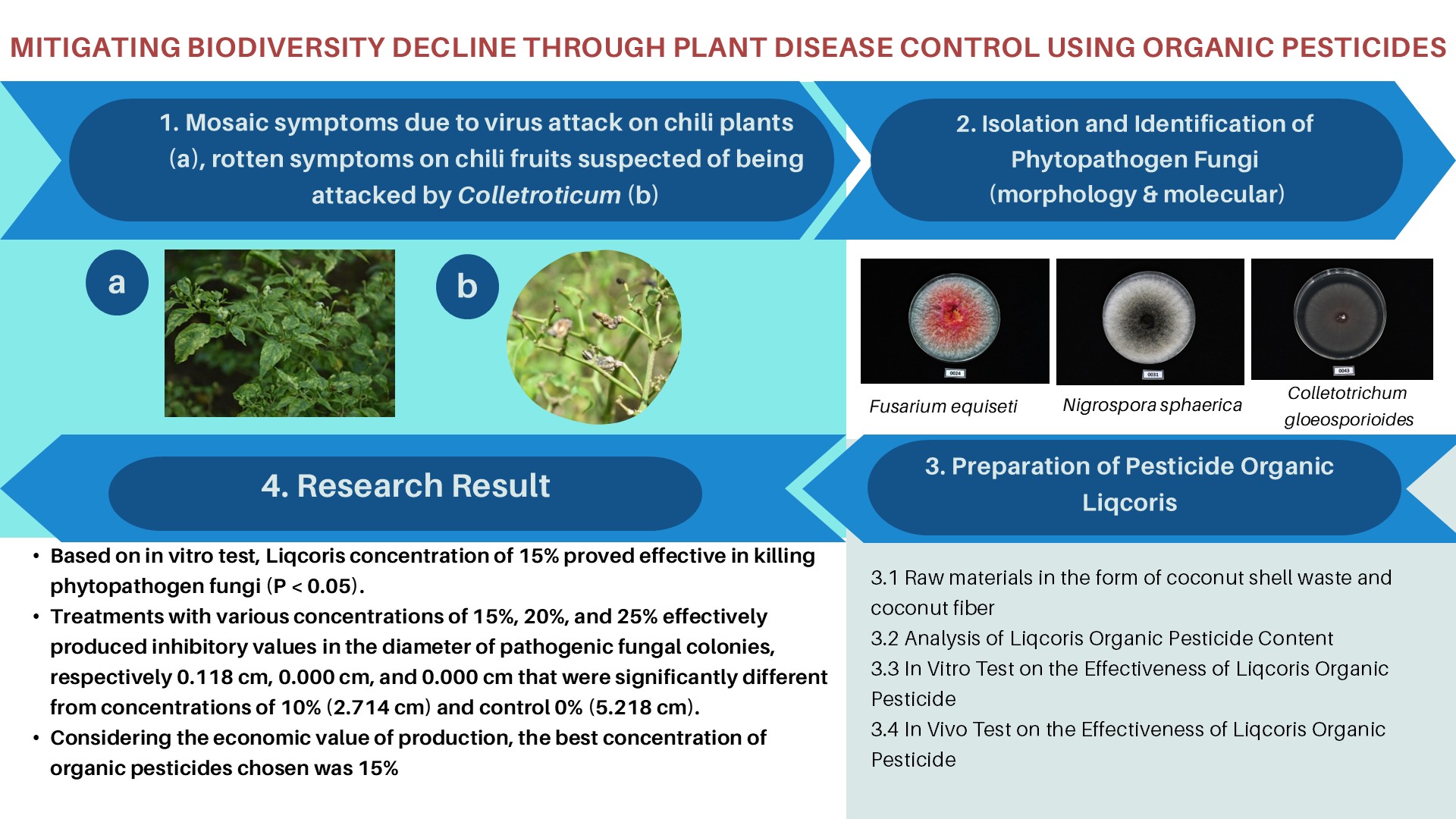INFLUENCE OF TAURINE ON LARVAL EYE DEVELOPMENT AND GROWTH PERFORMANCE OF GOLDEN RABBITFISH (Siganus guttatus)
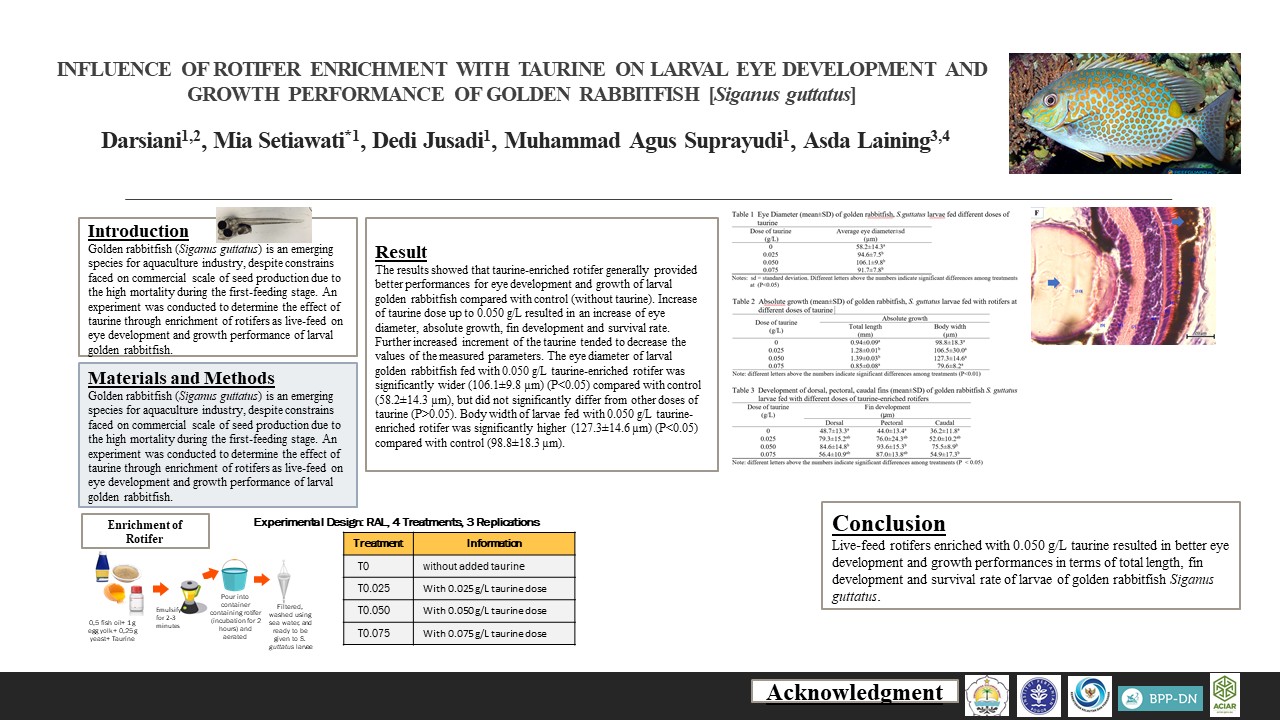
ARTICLE HIGLIGHTS
- Taurine improves eye development in golden rabbitfish larvae
- Enhanced growth performance with taurine-enriched rotifers
- Taurine positively impacts fish eye and body growth
ABSTRACT
Golden rabbitfish (Siganus guttatus) is an emerging species for aquaculture industry, despite constrains faced on commercial scale of seed production due to the high mortality during the first-feeding stage. An experiment was conducted to determine the effect of taurine through enrichment of rotifers as live-feed on eye development and growth performance of larval golden rabbitfish. Observation of eye development was carried out by measuring eye diameter of the larva and development of the retina based on histology assessment. Growth performance was measured for absolute growth and fin development of the larvae and survival rate. The results showed that taurine-enriched rotifer generally provided better performances for eye development and growth of larval golden rabbitfish compared with control (without taurine). Increase of taurine dose up to 0.050 g/L resulted in an increase of eye diameter, absolute growth, fin development and survival rate. Further increased increment of the taurine tended to decrease the values of the measured parameters. The eye diameter of larval golden rabbitfish fed with 0.050 g/L taurine-enriched rotifer was significantly wider (106.1±9.8 µm) (P < 0.05) compared with control (58.2±14.3 µm), but did not significantly differ from other doses of taurine (P > 0.05). Body width of larvae fed with 0.050 g/L taurine-enriched rotifer was significantly higher (127.3±14.6 µm) (P < 0.05) compared with control (98.8±18.3 µm). In regard to eye development, growth performances (total length, fin development and survival rate), dose of taurine for rotifer enrichment fed to larval golden rabbitfish Siganus guttatus was 0.050 g/L.
Downloads
INTRODUCTION
Siganids or rabbitfish comprise many species, one of which is Siganus guttatus also called golden rabbitfish with local name baronang emas(Laining et al., 2021). Distribution of rabbitfish is mainly in tropical coastal waters. Production of the species is reported different based on the region. In Abu Dhabi-United Arab Emirates, S. canaliculatus was reported to be 149 tons in 2002 from capture(Grandcourt et al., 2007). The Philippines reported production of siganid reaching 150.89 tons in 2005 and increased significantly 45% in 2014(Gonzales et al., 2018). Production from aquaculture was reported in the Philippines since 2018 both from ponds and floating cages culture(Caballero et al., 2022). Indonesia also reported production of siganids which are mainly from capture. Demand of rabbitfish is reported in many parts of Indonesia, in particular in South Sulawesi Province, where fish are commonly served in restaurants and become a typical culinary in the region(Laining et al., 2017). South Sulawesi Province reported production of 3,658.2 tonnes in 2018 and increased 37% in 2021 (https://dkp.sulselprov.go.id/page/info_berkala/kategori/24). Despite demand for rabbitfish, supply from aquaculture has yet met the demand so far.
One major constraint of golden rabbitfish culture is the unavailability of commercial scale seed production. Mortality rate of larvae is still quite high, reaching 50-90% at the age of 2-3 DAH (Days After Hatch), the time where transition period from endogenous nutrition to feeding on life-feed(Rao, 2003). Survival rate during the first feeding stage of golden rabbitfish ranges from 0.2-31.6%(Juario et al., 1985), and survival rate of golden rabbitfish larvae was only 1%. It is argued that failures in the seed production might be caused by the feeding ineffectiveness during the early hatched stage, due to the limited eye sight of the larvae to see the feed. Golden rabbitfish demonstrates a slow growth pattern from their early life to their young juvenile period(Duray, 1998). The eyes were formed on the first day, yet they were not fully developed(Juario et al., 1985). After 1 DAH, the eyes acquire pigmentation and become more pronounced at the age of 2 DAH(Darsiani et al., 2022).
Differentiation of eye is essential for larvae to see and catch the feed(Yufera et al., 2014). One of the contributing factors in the development of larval eyes is nutrition(Stuart, 2013). The nutrition requires enrichment technique to deliver certain nutrient to support the eye. Taurine-enriched feed has been reported to have positive effects on eye, brain, and muscle development (growth) in turbot fish Scophthalmus maximus(Qi et al., 2012). Taurine is a simple protein that is easily absorbed by the body, to support the fish growth(Jusadi et al., 2012). Taurine also improves survival and development of white shrimp during the larval stages(Jusadi et al., 2011), enhances the immune system and reduces stress in zebrafish(, 2019)and contributes in regulating calcium metabolism, including the inside of the eye(Lombardini, 1983);(Lombardini, 1991).
Studies on the taurine-enriched feed has been conducted on various fish, both freshwater and marine species ((El-Sayyed, 2013);(Hernandez et al., 2018)) and reported that marine fish have less ability to synthesize taurine(El-Sayyed, 2013). Effects of taurine are different among fish depending on species, size, and nutritional content of the feed provided and ability of species to synthesize taurine with the help of enzyme CSD (cysteinesulphinate decarboxylase)(El-Sayyed, 2013). This study aimed to evaluate the effect of different levels of taurine through rotifers enrichment on eye development and growth performances of larval golden rabbitfish S. guttatus.
MATERIALS AND METHODS
Experimental Design
This study was conducted at the Rabbitfish Hatchery Instalation of Research Institute for Coastal Aquaculture and Fisheries Extension (RICAFE) in Barru District, South Sulawesi. This experiment was designed in a Completely Randomized Design consisting of 4 treatments with 3 replications. The treatments were rotifers enriched with different doses of taurine, i.e., without taurine enrichment (T 0); with 0.025 g/L taurine dose (T 0.025); with 0.050 g/L taurine dose (T 0.050); and with 0.075 g/L taurine dose (T 0.075) following protocols developed by(Jusadi et al., 2012).
Enrichment of Rotifer
Rotifers type S (Brachionus rotundiformis) harvested from mass culture tank with a density of 500-1,000 ind./mL(Jusadi et al., 2015)were enriched before being given to larvae. Enrichment was performed by preparing 10 L media, requiring 0.5 mL of fish oil A1 DHA Selco, 0.1 g of egg yolk, 0.25 of bread yeast, and taurine PA Sigma which were added according to the respective treatment doses. Taurine and other enriching materials were mixed up with 200 mL water and emulsified using a blender for three to five minutes, then poured into rotifers containers. The enriched rotifers were incubated for 2 hours and harvested by using a 50 µm plankton net then fed to the larvae(Jusadi et al., 2012).
Condition of Larval Rearing
Feeding trial was conducted by rearing larval in concrete tank with capacity of 6 T filled up with 3.5 T of seawater with 20-25 ppt salinity(Lante & Muslimin, 2012). Water was sterilized using UV light (Yamano UV-30W) for 6 hours. During the larval rearing period, green water system was applied by adding Nannochloropsis sp., and maintained at a density of 1x105individual/mL(Duray & Juario, 1988). Newly-hatched larvae (1 DAH) were carefully
Afitah, Fitrianti AR, Widayati ED, Pamira I, Muasaroh, Ujilestari T. 2020. Adaptasi retina mata hewan nokturnal terhadap kemampuannya melihat dalam gelap. [Eye Retina Adaptation Strategy of Nocturnal Animal on Ability to See in Dark]. NECTAR: Jurnal Pendidikan Biologi 1(2):14-20.
Akande MG, Ahmed US. 2017. Taurine abated subacute dichlorvos toxicity. Toxicology Reports 4(2017):463-66. DOI: 10.1016/j.toxrep.2017.08.001. DOI: https://doi.org/10.1016/j.toxrep.2017.08.001
Banthani G, Iskandar, Rostika R, Herawati T, Suryadi IBB. 2019. Efektifitas pemberian rotifera (Brachionus rotundiformis) yang diperkaya dengan taurin dan glutamin terhadap kelangsungan hidup dan pertumbuhan larva ikan kerapu sunu (Plectropomus leopardus). [Effectiveness of Feeding Rotifera (Brachionus Rotundiformis) which is Enriched with Taurine and Glutamine on Survival and Growth Sunu Group Larvae (Plectropomus leopardus)]. Universitas Padjadjaran. Jurnal Perikanan dan Kelautan X(2):22-7.
Bavi Z, Zakeri M, Mousavi SM, Yavari V. 2022. Effects of dietary taurine on growth, body composition, blood parameters, and enzyme activities of juvenile sterlet (Acipenser ruthenus). Aquac Nutr 2022 (1713687):13. DOI: 10.1155/2022/1713687. DOI: https://doi.org/10.1155/2022/1713687
Bogner M, Zwicker S, Bogner D, Slater MJ. 2017. Influence of feeding sequence, light and colour on the performance of a self-grading system designed for turbot (Scophthalmus maximus). Aquac Eng 77(2017):1-8. DOI: https://doi.org/10.1016/j.aquaeng.2016.12.001
Caballero PA, Coniza EB, Dayrit R. 2022. Nursery and grow-out culture of rabbitfish siganus guttatus in brackishwater ponds. Aquaculture Extension Manual No. 70. Southeast Asian Fisheries Development Center AQUACULTURE DEPARTMENT Tigbauan 5021, Iloilo, Philippines.
Cho JH, Kim JH, Park JW. 2022. A preliminary study on the effects of taurine-enriched rotifers on the growth and survival of the small yellow croaker Larimichthys polyactis Larvae. Animals 12(1403). DOI: 10.3390/ani12111403. DOI: https://doi.org/10.3390/ani12111403
Darsiani D, Setiawati M, Jusadi D, Suprayudi MA, Laining A. 2022. Development of siganid (Siganus guttatus) larvae during the transition period. Depik Jurnal Ilmu-Ilmu Perairan, Pesisir dan Perikanan 11(1):78-82. DOI: https://doi.org/10.13170/depik.11.1.22296
Darsiani, Hasrianita, Abd. Jabbar BF, Ansar M, Mulyaningrum SRH, Yuniati D, …, Haser TF. 2023. Reproductive responses of golden rabbit fish Siganus guttatus Broodstock on vtamin C supplementation. Jurnal Airaha 12(01):472-80.
Duray M, Kohno H. 1988. Effects of continous lighting on growth and survival of first-feeding larval rabbitfish, Siganus guttatus. Aquaculture 72:73-9. DOI: https://doi.org/10.1016/0044-8486(88)90147-0
Duray MN, Juario JV. 1988. Broodstock management and seed production of the rabbitfish Siganus guttatus (Bloch) and the sea bass Lates calcarifer (Bloch). SEAFDEC/AQD Institutional Repository (SAIR). http://hdl.handle.net/10862/131.
Duray MN. 1998. Biology and culture of siganids. Aquaculture Department Southeast Asian Fisheries Development Center. http://hdl.handle.net/10862/535.
Effendie MI. 2002. Biologi Perikanan. [Fisheries Biology]. Yogyakarta (ID): Yayasan Pustaka Nusantara.
El-Sayyed, AFM. 2013. Is dietary taurine supplementation beneficial for farmed fish
and shrimp? A comprehensive review. Reviews in Aquaculture 5:15. DOI: 10.1111/raq.12042. DOI: https://doi.org/10.1111/raq.12042
Fiolita K, Razak A, Novriyanti E. 2017. An overview of the eye component (iris, lens and retina) from mackerel female (Rastrelliger brachysoma). J Biosci 1(1):30-6. DOI: https://doi.org/10.24036/02017117189-0-00
Fitri ADP. 2002. Studi hubungan panjang tubuh (body length) dengan ketajaman organ penglihatan pada ikan selar (Selar crumenophthalmus). [Study on Body Length and Eye Sharpness of Selar crumenophthalmus]. Majalah Ilmu Kelautan 27 (VII):139-46.
Gonzales RD, Parreno SS, Abalos RS, Santos LA, Salayog CC, Ramirez PJB, Celino IS. 2018. Comparative analysis of siganid (Siganus guttatus) value chains from aquaculture in regions 1 and 2. Int J Sci Tech Res 7(7):145-50.
Grandcourt E, Al Abdessalaam T, Francis F, Al Shamsi A. 2007. Population biology and assessment of the white-spotted spinefoot, Siganus canaliculatus (Park, 1797), in the Southern Arabian Gulf. J Appl Ichthyol 23 (2007):53-9. DOI: https://doi.org/10.1111/j.1439-0426.2006.00796.x
Hernandez C, Gutierrez EYS, Castro LI, Pena E, Gaxiola G, De La Barca AMC. 2018. Effect of dietary taurine supplementation on growth performance and body composition of snapper, Lutjanus colorado juvenile. Turkish J Fish Aquat Sci 18(2018):1227-33. DOI: https://doi.org/10.4194/1303-2712-v18_10_09
Jakaria MD, Azama S, Haquea MDE, Jo SH, Uddin MDS, Kim IS, Choi DK. 2019. Taurine and its analogs inneurological disorders: Focus on therapeutic potential and molecular mechanisms. J Rodox Biol 24(2019) 101223. DOI: 10.1016/j.redox.2019.101223. DOI: https://doi.org/10.1016/j.redox.2019.101223
Jaya, B., Agustriani, F., & Isnaini. (2013). Laju pertumbuhan dan tingkat kelangsungan hidup benih kakap putih (Lates calcarifer, Bloch) dengan pemberian pakan yang berbeda. Maspari Journal 5(1):56-63.
Jin FD, Xiao QZ, Hong BR. 2017. Effect of taurine on immune function in mice with t-cell lymphoma during chemotherapy. Asian Pacific J Tropl Med 10(11):1090-4. DOI: https://doi.org/10.1016/j.apjtm.2017.10.014
Juario JV, Duray MN, Dwray VM, Nacario JF, Almendras JME. 1985. Breeding and larval rearing of the rabbifish, Siganus guttatus (Bloch). Aquaculture 44:91-101. DOI: https://doi.org/10.1016/0044-8486(85)90012-2
Jusadi D, Aprilia T, Suprayudi MA, Yaniharto D. 2015. Pengkayaan rotifera dengan asam amino bebas untuk larva kerapu bebek Cromileptes altivelis. [Rotifers enrichment with free amino acids for grouper larvae of Cromileptes altivelis]. J Ilmu Kelautan 20(4):207-14. DOI:10.14710/ik.ijms.20.4.207-214. DOI: https://doi.org/10.14710/ik.ijms.20.4.207-214
Jusadi D, Ruchyani S, Mokoginta I, Ekasari J. 2011. Improvement of survival and development of pacific white shrimp Litopenaeus vannamei larvae by feeding taurine enriched rotifers. J Akuakultur Indonesia 10(2):131‒136. DOI: https://doi.org/10.19027/jai.10.131-136
Jusadi D, Putra AN, Suprayudi MA, Yaniharto D, Haga Y. 2012. Aplikasi pemberian taurin pada rotifera untuk pakan larva ikan kerapu bebek Cromileptes altivelis. [Taurine application on rotifer as livefeed for grouper larvae Cromileptes altivelis]. J Iktiologi Indonesia 12(1):73-82.
Laining A, Usman U, Syah R. 2017. Nutritive value of copra cake meal fermented with Rhizopus spp. and its use as a protein source in practical diets for rabbitfish (Siganus javus). J Appl Aquacult 2017:1-15. DOI: 10.1080/10454438.2017.1359726 DOI: https://doi.org/10.1080/10454438.2017.1359726
Laining A, Nawang A, Sahrijanna A, Masruri MH, Syah R. 2021. Dietary organic mineral influences the growth, feed utilization, and vertebral mineral content of wild golden rabbitfish, Siganus guttatus. J Akuakultur Indonesia 16(1):35-42. DOI: https://doi.org/10.15578/iaj.16.1.2021.35-42
Lante S, Muslimin. 2012. Effects of stocking densities on survival and growth rates of Siganus guttatus hatchlings. Maritime National Seminar VIII Marine Resource Management Based on Science and Technology for Nation Wealth, Hang Tuah University Surabaya, 24 Mei 2012. pp.1-6.
Li S, Wen W, Huang X, Gong X, Feng L, Chen N. 2017. Activities of digestive enzymes and histology of digestive system during larval development of devil stinger (Inimicus japonicus). J Aqua Res 2017:1-8. DOI: 10.1111/are.13353. DOI: https://doi.org/10.1111/are.13353
Liu Y, Yang P, Hu H, Li Y, Dai J, Zhang Y, Ai Q, Xu W, Zhang W, Mai K. 2022. The tolerance and safety assessment of taurine as additive in a marine carnivorous fish, Scophthalmus maximus L. J Aqua Nut 2018(24):461-71. DOI: 10.1111/anu.12579. DOI: https://doi.org/10.1111/anu.12579
Lombardini JB. 1983. Effects of ATP and taurine on calcium uptake by membrane preparations of the rat retina. J Neurochem 40(2):402-6. DOI: https://doi.org/10.1111/j.1471-4159.1983.tb11296.x
Lombardini JB. 1991. Taurine: Retinal Function. J Brain Res Rev 16(1991):151-69. DOI: 10.1016/0165-0173(91)90003-Q. DOI: https://doi.org/10.1016/0165-0173(91)90003-Q
Marcinkiewicz J, Kontny E. 2012. Taurine and inflammatory diseases. Amino Acids. DOI: 10.1007/s00726-012-1361-4. DOI: https://doi.org/10.1007/s00726-012-1361-4
McBean GJ. 2017. Cysteine, Glutathione, and Thiol Redox Balance in Astrocytes. J Antioxid 6(62):3. DOI:10.3390/antiox6030062. DOI: https://doi.org/10.3390/antiox6030062
Mezzomo JN, Fontanaa D, Müllera, BE, Duartea T, Quadrosa TA, Canziana V, …, Barcellosc L. 2019. Taurine modulates the stress response in zebrafish. J Horm Behav 109(2019):44-52.
Mezzomo JN, Fontanaa D, Müllera, BE, Duartea T, Quadrosa TA, Canziana V, …, Barcellosc L. 2019. Taurine Modulates the Stress Response in Zebrafish. J Horm Behav 109(2019):44-52. DOI: https://doi.org/10.1016/j.yhbeh.2019.02.006
Militante JD, Lombardini JB. 2002. Taurine: Evidence of physiological function in the retina. J Nutr Neurosci 5(2):75-90. DOI: 10.1080/10284150290018991. DOI: https://doi.org/10.1080/10284150290018991
Miranti F, Muslim, Yulisman. 2017. Growth and survival of climbing perch (Anabas testudineus) larvae with different photoperiod. Jurnal Akuakultur Rawa Indonesia 5(1):33-44. DOI: https://doi.org/10.36706/jari.v5i1.5806
Miyazaki T, Ito T, Conrado AB, Murakami S. 2022. Editorial for Special Issue on “Regulation and Effect of Taurine on Metabolism”. Metabolite 12(795):5. DOI: 10.3390/metabo12090795. DOI: https://doi.org/10.3390/metabo12090795
Mulqan M, Rahimi SAE, Dewiyanti I. 2017. Pertumbuhan dan kelangsungan hidup benih ikan nila gesit (Oreochromis niloticus) pada sistem akuaponik dengan jenis tanaman yang berbeda. Jurnal Ilmiah Mahasiswa Kelautan Dan Perikanan Unsyiah 2(1):183-93.
Oktaviani H, Kariada N, Utami NR. 2012. Pengaruh pengasinan terhadap kandungan zat gizi telur bebek yang diberi limbah udang. [Effect of Salt Treatment on Nutritional Contain of Duck Egg Added with Shrimp Waste]. J Life Sci 1(2):106-12.
Qi G, Ai Q, Mai K, Xu W, Liufu Z, Yun B, Zhou H. 2012. Effects of dietary taurine supplementation to a casein-based diet on growth performance and taurine distribution in two sizes of juvenile turbot (Scophthalmus maximus L.). Aquaculture 358-359(2012):122-8. DOI:10.1016/j.aquaculture.2012.06.018. DOI: https://doi.org/10.1016/j.aquaculture.2012.06.018
Qian J, Yin B, Liu H, Tana B, Donga X, Chia S, Yanga Q, Zhanga S. 2021. Effects of taurine supplementation in a high-carbohydrate diet on growth performance, plasma biochemical, digestive and glucose metabolism enzymes in hybrid grouper (♀ Epinephelus fuscoguttatus × ♂ E. lanceolatus). Aquaculture Reports 21(2021):1-14. DOI: https://doi.org/10.1016/j.aqrep.2021.100820
Rabia MDS. 2016. Growth and yield of orange spotted spinefoot (Siganus guttatus) reared in brackishwater pond fed with different diets. J Environ Sci 4(1):31-7. DOI: 10.12988/es.2016.51115. DOI: https://doi.org/10.12988/es.2016.51115
Rahardjo MF, Sjafei DS, Affandi R, Sulistiono, Hutabarat J. 2011. Iktiologi. [Ichthyology]. Bandung (ID): Lubuk Agung.
Rahardjo MF. 2020. Aneka ragam bentuk sirip ikan. [Various Fish Fin Shapes]. J Warta Iktiologi 4(2):1-9.
Rao TR. 2003. Ecological and ethological perspectives in larval fish feeding. J Appl Aquac 13: 145-178. DOI: https://doi.org/10.1300/J028v13n01_06
Salsabila G, Suminto, Nugroho RA. 2019. Pengaruh pengkayaan Brachionus rotundiformis dengan dosis vitamin (B1, B6, B12 dan vitamin C) berbeda dalam feeding regimes terhadap kelulushidupan dan pertumbuhan larva bandeng (Chanos chanos). [Effect of Brachionus rotundiformis enrichment with vitamin dosages (B1, B6, B12 and vitamin C) in different feeding regimes on survival rate and growth performance of milkfish larvae (Chanos chanos). J Sains Akuakultur Tropis 3(2):11-20. DOI: https://doi.org/10.14710/sat.v3i2.3363
Schaffer S, Kim, HW. 2018. Effects and mechanisms of taurine as a therapeutic agent. J Biomol Ther 26(3):225-41. DOI: 10.4062/biomolther.2017.251. DOI: https://doi.org/10.4062/biomolther.2017.251
Shi Y, Zhong L, Zhong H, Zhang J, Che C, Fu G, …, Mai K. 2022. Taurine supplements in high-fat diets improve survival of juvenile monopterus albus by reducing lipid deposition and intestinal damage. Aquaculture 547-737431:1-13. DOI: https://doi.org/10.1016/j.aquaculture.2021.737431
Steel RGD, Torrie JH. 1991. Prinsip dan prosedur statistika: suatu pendekatan boimetrik. [Principle and statistical prosedure: a biometric approach]. Jakarta (ID): PT Gramedia Pustaka Utama. pp 748.
Stuart KR. 2013. Larva fish aquaculture. Qin JG (Editor). The Effect of light on larval rearing of marine finfish. New York (US): Nova Science Publishers. p.25-40.
Swari IYI, Rahardja BS, Prayogo. 2019. Effect of combination yeast bread and Chlorella sp. to population growth and protein content of Brachionus plicatilis. J Mar Coastal Sci 8(1):26-37. DOI: https://doi.org/10.20473/jmcs.v8i1.21144
Takeuchi T. 2001. A review of feed development for early life stages of marine finfish in Japan. Aquaculture 200(2001):203-22. DOI: https://doi.org/10.1016/S0044-8486(01)00701-3
Tochitani S. 2022. Taurine: A maternally derived nutrient linking mother and offspring. Metabolites 12(228). DOI: 10.3390/metabo12030228. DOI: https://doi.org/10.3390/metabo12030228
Warastuti S, Hutagalung RH, Mudlofar F, Maryana. 2022. Natural beta-carotene addition in feed on performance of maru fish (Channa marulioides). Samakia: Jurnal Ilmu Perikanan 13(1):81-9. DOI: https://doi.org/10.35316/jsapi.v13i1.1459
Watanabe M, Ito T, Fukuda A. 2022. Effects of taurine depletion on body weight and mouse behavior during development. Metabolites 2022(12):631:13. DOI: 10.3390/metabo12070631. DOI: https://doi.org/10.3390/metabo12070631
Wei Y, Zhanga Q, Xua H, Liang M. 2020. Taurine requirement and metabolism response of tiger puffer Takifugu rubripes to graded taurine supplementation. Aquaqulture 524(2020)735237:1-9. DOI: https://doi.org/10.1016/j.aquaculture.2020.735237
Wibowo K, Abrar M, M Siringoringo R. 2016. Trophic status of reef fishes and correlation between herbivorous fishes and coral recruitment in Pari Island Waters, Jakarta Bay. Oseanologi dan Limnologi di Indonesia 1(2):73-89. DOI: https://doi.org/10.14203/oldi.2016.v1i2.85
Yufera M, Ortiz-Delgado JB, Hoffman T, Siguero I, Urup B, Sarasquete C. 2014. Organogenesis of digestive system, visual system and other structures in atlantic bluefin tuna (Thunnus thynnus) larvae reared with copepods in mesocosm system. Aquaculture 426-427(2014):126-37. DOI: 10.1016/j.aquaculture.2014.01.031. DOI: https://doi.org/10.1016/j.aquaculture.2014.01.031
Yunarsa PPA, Adiatmika IPG. 2018. Antioxidant concentration of Superoksida Dismustase (SOD) in mice liver on strenous physical activities. e-Journal Medika UDAYANA 7(4):143-7.
Zulfahmi, Ilham, Akmal Y, Batubara AS. 2018. The morphology of thai mahseer’s Tor tambroides (Bleeker,1854) axial skeleton (ossa vertebrae). Jurnal Iktiologi Indonesia 18(2):139-49. DOI: https://doi.org/10.32491/jii.v18i2.329
Copyright (c) 2024 Mia Setiawati, Darsiani, Dedi Jusadi, Muhammad Agus Suprayudi, Asda Laining

This work is licensed under a Creative Commons Attribution-NonCommercial-NoDerivatives 4.0 International License.
Authors who publish with this journal agree with the following terms:
- Authors retain copyright and grant the journal right of first publication, with the work 1 year after publication simultaneously licensed under a Creative Commons attribution-noncommerical-noderivates 4.0 International License that allows others to share, copy and redistribute the work in any medium or format, but only where the use is for non-commercial purposes and an acknowledgement of the work's authorship and initial publication in this journal is mentioned.
- Authors are able to enter into separate, additional contractual arrangements for the non-exclusive distribution of the journal's published version of the work (e.g., post it to an institutional repository or publish it in a book), with an acknowledgement of its initial publication in this journal.
- Authors are permitted and encouraged to post their work online (e.g., in institutional repositories or on their website) prior to and during the submission process, as it can lead to productive exchanges, as well as earlier and greater citation of published work (See The Effect of Open Access).









